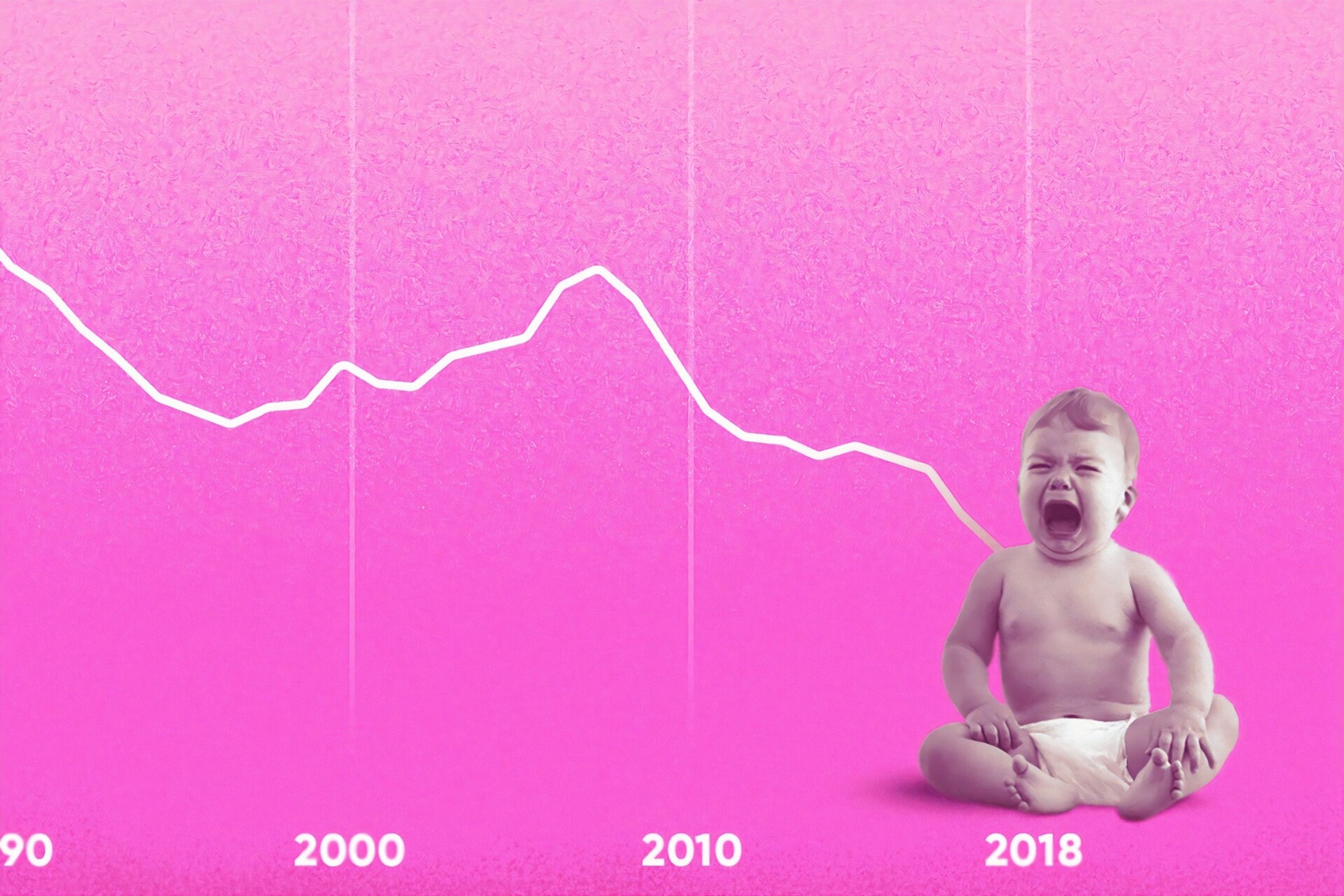There are a lot of misconceptions about ADD (also known as ADHD). This can make it hard to know what’s true and how best to support your child. Let’s separate myth from fact.
Myth #1: ADD Isn’t A Real Medical Condition.
Fact: The National Institutes of Health, the Centers for Disease Control and Prevention and the American Psychiatric Association all recognize ADD as a medical condition. Research shows that it runs in families, meaning it might be genetic. If your child has ADD, you know how real it is and how big an impact it can have on everyday living.
In 2013 the FDA approved the QEEG (brain map) as a diagnostic tool for ADD, in order for the FDA to approve something as a diagnostic tool, it has to be a real diagnosis we are looking for. The over 40,000 member American academy of pediatrics recognizes Neurofeedback (NFB) as a Level One Intervention for ADD.
Myth #2: ADD Is A Biochemical Imbalance Fixed By Chemicals
Fact: Most people dealing with ADD are not experiencing these problems because of their biochemistry, it is their NEUROLOGY. I learned this many years ago when I first started practicing functional medicine and worked with many children and adults with ADD. Regardless of how great their diet got or the supplements they took, their ADD simply did not improve much. I realized that the bigger need was to address the neurology of what was actually going on in the brain. A QEEG (brain map) gives us the whole picture on exactly where those imbalances are.
Myth #3: All Kids With ADD Are Hyperactive
Fact: Not all kids with ADD are hyperactive. There are 7 types of ADD, as discovered by renowned ADD expert Dr. Daniel Amen, through his spect scans. One of them—ADD type 2, or Inattentive ADD- doesn’t have an impact on activity levels. Kids with this type of ADD may appear “daydreamy” or off in their own world, they are the ones that get lost in the shuffle.
Myth #4: Only Boys Have ADD
Fact: While it’s true boys are more than twice as likely as girls to be diagnosed with ADD, that doesn’t mean girls don’t have ADD. They’re just more likely to be overlooked and remain undiagnosed. Attention issues can look different in boys than in girls. Girls tend to be less disruptive in class and may seem “daydreamy”, or they have what we call an Anxious Attention issue.
Myth #5: ADD Is The Result of Bad Parenting
Fact: People who don’t know your family, or much about ADD, may attribute your child’s behavior to a lack of discipline. They don’t realize that the inappropriate comments or constant fidgeting are signs of a medical condition, not of bad parenting. Just like the many times your child can’t just “try harder” to be good, you can’t just “try harder” to be a better parent, and that will fix your child. ADD is not a behavior problem, it’s a brain problem.
Myth #6: Kids With ADD Will Outgrow It
Fact: ADD is a lifelong condition. The symptoms may change as your child gets older and learns ways to manage them, but that’s not the same as outgrowing them. Most kids with ADHD will continue to have symptoms throughout adolescence and adulthood. The stats show only 5% of kids with ADD will go on to graduate college vs 21% of the general population. That same child has half the chances of gaining a managerial job and yet they are twice as likely to use recreational drugs to manage symptoms.
